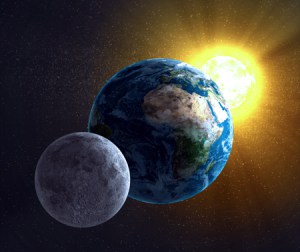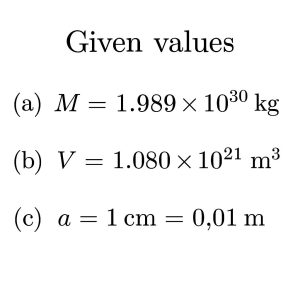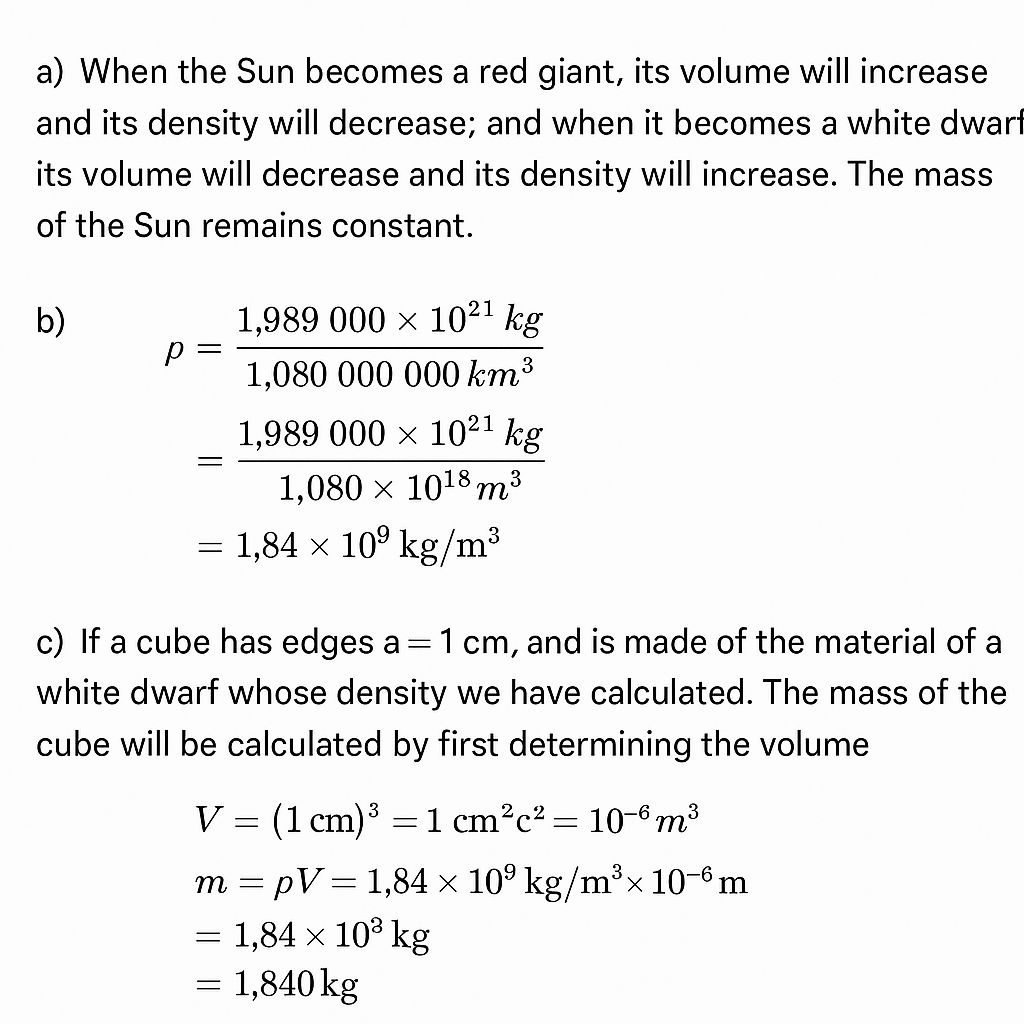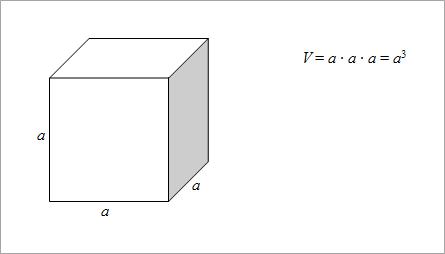Like all stars, the Sun has its beginning, life, and eventual end. Although it gives us light and warmth every day, it is just one of many inhabitants of the universe, destined to follow the fate shared by all stars.
It is assumed that in the next 10 billion years, our Sun will run out of “fuel.”
Every day, deep in its core, the Sun fuses hydrogen atoms into helium atoms.
Once the Sun stops fusing hydrogen in its core, it will become a red giant,
spending about a billion years expanding and burning helium in its core.
After the Sun runs out of “fuel,” it will become unstable and begin to pulsate.
With each pulse, the Sun will shed layers of its outer atmosphere until all that remains
is a hot and relatively heavy core surrounded by a planetary nebula.
Once its “fuel” is depleted, it is assumed the Sun will shrink to approximately the size of Earth.It will become a white dwarf, gradually cooling over time.
a) Think and describe how the density of the Sun will change throughout this process,
and how its mass will behave.

b) Given that the mass of the Sun is 1,989,000 trillion tonnes
(one trillion is 1 followed by 21 zeros, or 10^21),
and that this mass does not change during the process,
and the volume of Earth is approximately 1,080 billion km^3,
estimate the density of the white dwarf.
c) To get an idea of how dense a white dwarf is,
let’s calculate the mass of a cube made of white dwarf material,
if each edge of the cube measures just one centimeter.
Conceptual Understanding
As the Sun becomes a red giant, its volume increases and density decreases.
Conclusion: A white dwarf has an extremely high density, which is why even a small cube of such material, with only 1 cm side length, would have a mass of nearly 2 tonnes.











